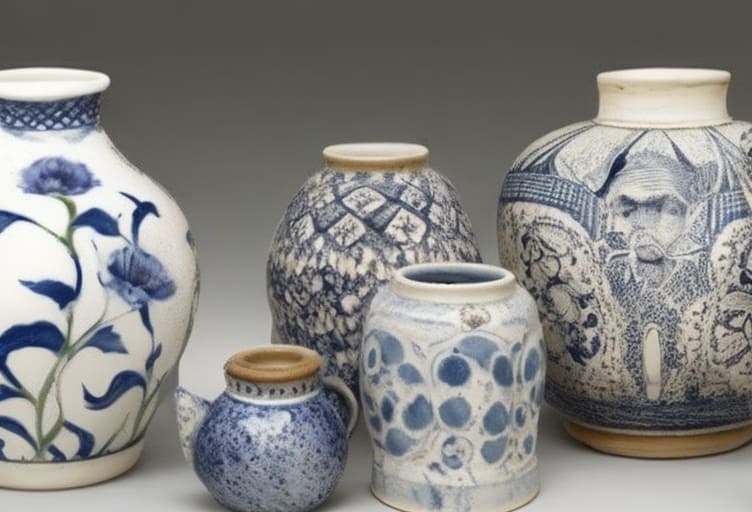From ancient tailoring to modern trends

Pottery is one of humanity's oldest and most essential art forms. For millennia, the ability to shape clay into functional and decorative objects has been a vital part of cultures around the world. In this article, we will explore the evolution of ceramics, from ancient pottery to the modern trends that continue to shape this form of artistic expression.
The Old Alfararia: The Beginning of the Ceramic Journey
Deep roots in history
The history of pottery dates back to prehistoric times, when our ancestors discovered the versatility of clay. They used pottery not only to create cooking utensils and storage containers, but also to create ceremonial and decorative objects. Tailoring was an essential skill passed down from generation to generation.
Techniques and Traditions of Ancient Alfararia
A testament to human mastery
The techniques of ancient tailoring varied from culture to culture, but many of them continue to be appreciated and practiced today. Ancient potters mastered the art of hand modeling, the potter's wheel and the glazing process, which resulted in stunning pieces decorated with intricate patterns and vibrant colors.
Ceramics in Antiquity: from Egypt to China
Notable contributions
Ancient civilizations such as the Egyptians and Chinese played a key role in the evolution of ceramics. The Egyptians produced pottery notable for its durability and shiny finish. In China, porcelain, a form of high-quality ceramic, was developed during the Tang Dynasty, and its production spread throughout the world, becoming highly prized.
The Industrial Revolution and Modern Ceramics
Innovation and mass production
The Industrial Revolution brought significant changes to ceramic production. Traditional techniques were combined with new mass production methods, allowing pottery to become more affordable. However, artistic quality was often sacrificed for efficiency.
Artistic Movements and Modern Ceramics
A fusion of art and functionality
In the 20th century, pottery began to be more widely recognized as an art form. Artists such as Pablo Picasso and Joan Miró experimented with ceramics, elevating it to a higher form of artistic expression. The Studio Pottery movement also emerged, emphasizing the individuality and creativity of potters.
Modern Trends in Ceramics
Innovation continues
Today, ceramics continues to evolve with the emergence of new techniques and trends. Some potters explore the fusion of pottery with other art forms, such as sculpture and painting. Others embrace contemporary ceramics as a means of individual expression and experimentation.
Ceramics in the 21st Century: An Artisanal Renaissance
Valuing authenticity
With the growing appreciation for artisanal products and the search for authenticity in the digital age, handcrafted ceramics is experiencing a renaissance. People value unique, handmade objects that tell a story. This has led to a renewed interest in handcrafted pottery, where each piece is a unique work of art.
The lasting beauty of ceramics
The history of ceramics is a long and rich journey that embraces creativity, functionality and artistic expression. From its humble origins in the ancient tailor shop to modern trends and the artisanal renaissance, pottery continues to delight and inspire. As we move into the 21st century, we can celebrate the versatility and enduring beauty of this art form, which remains as relevant today as it was millennia ago.